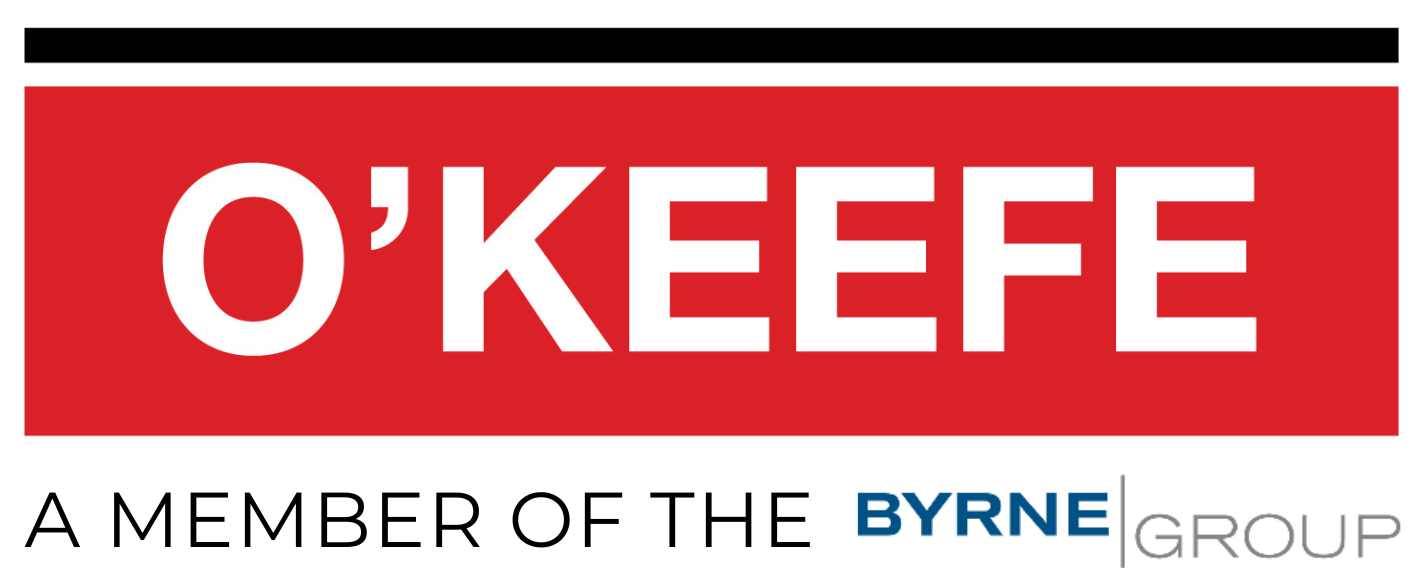O’Keefe keeps Tilbury’s terminal on solid ground
The O’Keefe Group is using cement stabilisation techniques to prepare the site of a decommissioned power station for its redevelopment as a container storage facility for the Port of Tilbury.
Known as Tilbury2, the new £200m port terminal, which is adjacent to the existing 930-acre site in Thurrock, will become the UK's largest unaccompanied freight ferry port and the country's biggest construction processing hub.
O’Keefe are working on the part of the site located on the north bank of the River Thames at Tilbury which was previously part of a coal-fired power station that was taken out of commission and finally demolished in 2017.
Now, principal contractor GRAHAM is transforming this part of the development into a storage facility for containers at the Tilbury2’s roll-on/roll-off container terminal.
The extensive brownfield site, covering approximately 250,000m2, must be levelled and compacted to a 30% CBR value before a layer of quarried type-1 aggregate can be laid as a base for the final reinforced concrete paving slab.
The task is complicated by the presence of numerous underground structures, namely concrete foundations that supported the now-demolished buildings.
“We are excavating all the obstructions and crushing them down for re-use as aggregate,” says O’Keefe’s contracts manager Brian Doogue. “That material is then used to back-fill drainage and service trenches.”
Ground conditions on the site are very variable and O’Keefe is using a fleet of specialist machines to treat the soil and produce a consistently stable base.
The main technique being employed here is cement stabilisation which involves mixing cement powder with the soil in-situ. Once incorporated and evenly mixed into the soil, the cement cures, effectively stiffening the soil and increasing its bearing strength.
This is done by two German-made Wirtgen soil stabilisers which work rather like enormous rotavators to mill the soil while mixing the cement into it. Once the Wirtgen machines have done their work, the ground is levelled and compacted using a Cat D6 dozer.
A fleet of 30-tonne tracked excavators, fitted with breakers and pulverisers are used to dig out and break up the buried concrete. This is then fed into a Pegson crusher which processes it into re-usable aggregate.
“The main advantage of soil stabilisation on this project is that it has allowed GRAHAM to use site-won material and import less aggregate,” says Brian Doogue.
The company started work on the site in April 2019 and is on schedule to hand it over to GRAHAM this month.


